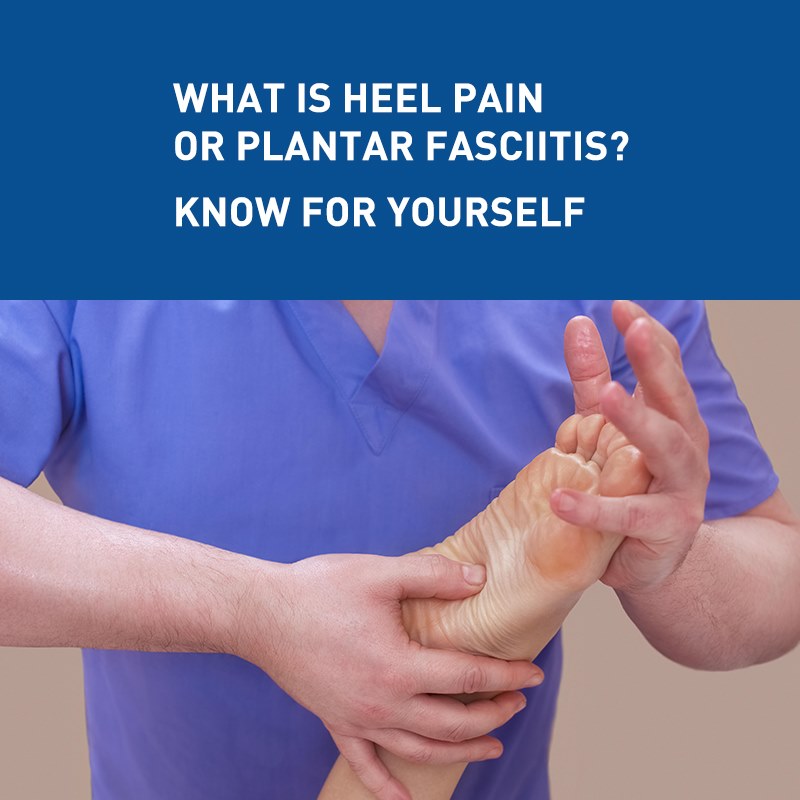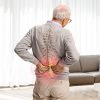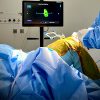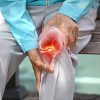What is heel pain or plantar fascia, know for yourself
The plantar fascia is a thin ligament that connects your heel to the front of your foot. It is a key element of your feet as it connects your heel to the front foot, helping you walk comfortably. Plantar Fasciitis, also known as Policeman’s Heel causes pain in the bottom of the heel of the foot. Read along to get a detailed insight into what it is and it’s prevention.

WHAT IS IT?
Plantar fasciitis (Policeman’s Heel) is one of the most common causes of heel pain. It involves swelling up of a thick band that runs across the bottom of your foot and connects your heel bone to your toes (plantar fascia).
WHAT ARE THE SYMPTOMS?
Plantar fasciitis commonly causes stabbing pain that usually occurs with your first steps in the morning. As you get up and move more, the pain normally decreases, but it might return after long periods of standing or resting.
WHAT CAUSES IT?
The plantar fascia is supposed to absorb shock under normal circumstances. But if the shocks are unusual or repeated and if the fascia is damaged due to some reason, it loses its ability to do its job and in fact causes pain.
Plantar fasciitis is more common in runners or people who have to stand for a long time like teachers, nurses, factory workers or policemen. In addition, people who are overweight and those who wear shoes with inadequate support have an increased risk. Being flat-footed, having a high arch or even having an abnormal pattern of walking can affect the way weight is distributed when you’re standing and put added stress on the plantar fascia and puts you at a higher risk.
DIAGNOSIS AND TREATMENT
Usually, no special tests are required and clinical diagnosis can be made after the orthopaedics examines your foot. Treatment mainly involves pain relief with appropriate medicines & physical therapy with stretching and strengthening exercises. Night splints and orthotics may also help. Injections of PRP (platelet-rich plasma) or steroids are reserved for those few cases who may not get relief with physical therapy & medicines alone. Surgical treatment is used only in severe and chronic cases not responding to any of the above measures.





Leave a Reply